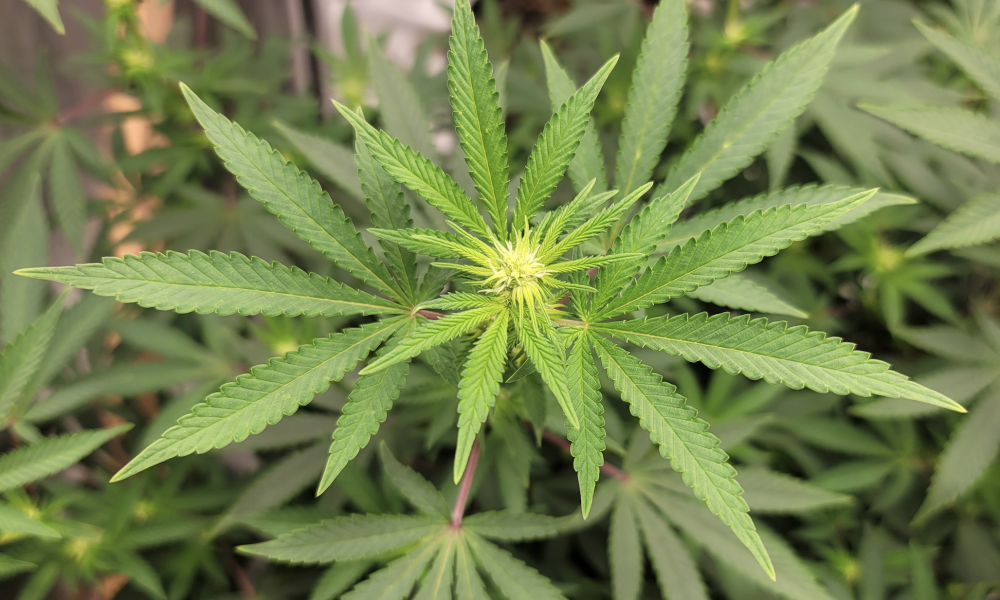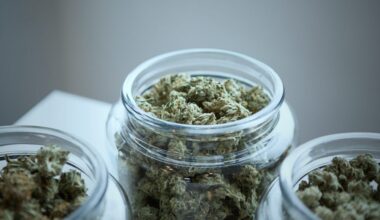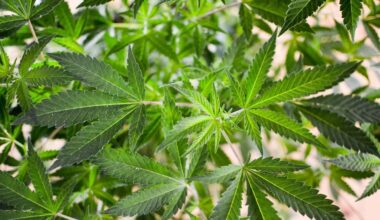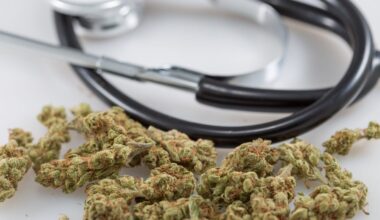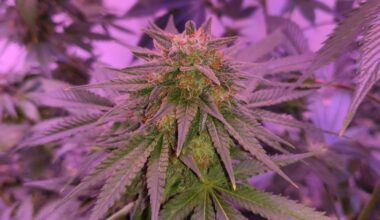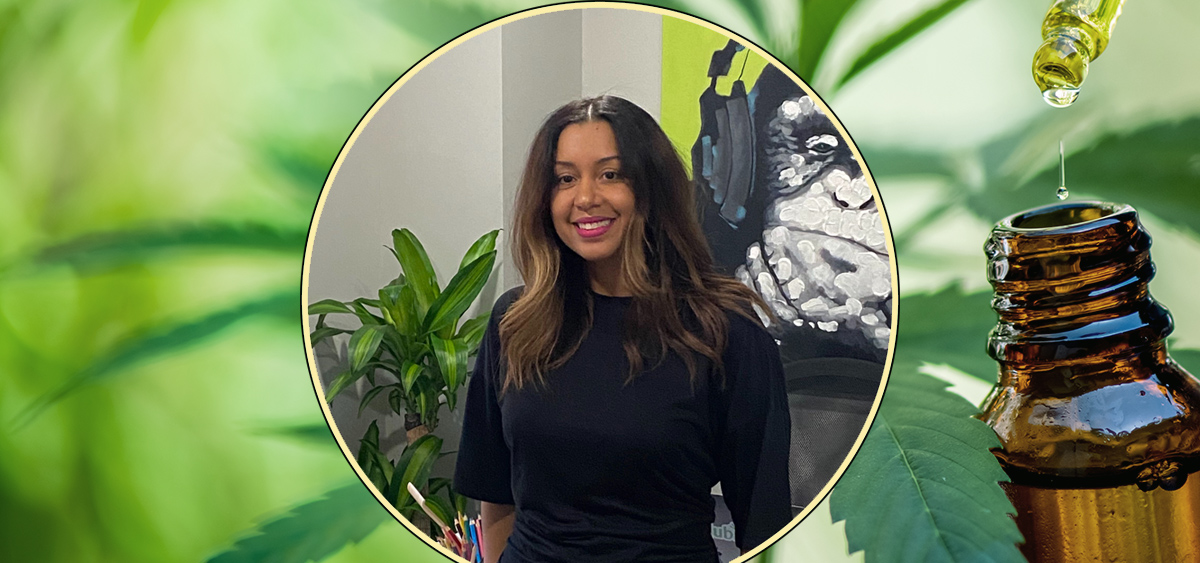Legalizing marijuana is not associated with an increased risk of mental illness or suicide, despite what some opponents of the policy change have argued, according to a new study.
In fact, the study found that legalizing cannabis is associated with a 6.29 percent decrease in suicide among males aged 40-49.
The relationship between marijuana and mental health has been a topic of significant interest for both proponents and opponents of cannabis reform.
Advocates have pointed to studies showing that marijuana appears to effectively treat certain conditions and symptoms of post-traumatic stress disorder (PTSD), for example. On the other side, prohibitionists have maintained that cannabis leads to severe mental illness and an increased risk of suicidality.
Researchers with the , Case Western Reserve University School of Medicine, Yale Law School, Cato Institute, Reason Foundation and others decided to investigate the issue, looking to see if the conclusions of an earlier 2013 study have held up in the years since as more state marijuana markets have been created or evolved.
In 2013, a study found that there was no relationship between state-level medical cannabis legalization and mental illness. The researchers followed the methodology of that study for an update, performing “a state‐level longitudinal analysis using suicide rates from the National Center for Health Statistics and mental health morbidity rates from the National Survey on Drug Use and Health.”
“We found that recreational marijuana access was associated with a 6.29 percent reduction in suicide rates for males aged 40 to 49, but no other mental health outcomes were otherwise affected by liberalization of marijuana laws,” they said.
The scientists are previewing their findings, but it’s still in the process of undergoing peer review and is set to be published in “a major scientific journal,” one of the authors said. Data used in the research covered all 50 states and Washington, D.C. from 1999 to 2019.
“Adverse mental health outcomes do not follow cannabis liberalization at the state level, confirming the findings [the 2013 study],” the investigators found. “In addition, there is evidence that recreational marijuana access reduces suicide rates for middle-aged males.”
This study found that recreational marijuana access was associated with a 6.29% reduction in suicide rates for males aged 40 to 49, but no other mental health outcomes were otherwise affected by liberalization of marijuana laws.
Read here: https://t.co/gUw2vXhgZY #CatoHealth pic.twitter.com/pfDzfAtvZX
— Cato Institute (@CatoInstitute) October 29, 2021
“The use of any drug, psychoactive or otherwise, entails certain risks along with any benefits. Cannabis is no exception,” the study authors wrote. “Critics of marijuana legalization point to studies showing correlations between heavy cannabis use and suicide, depression, and mental health disorders. However, such studies that demonstrate correlation have yet to confirm causation, which should be determined by a model’s ability to predict.”
“We propose as medicinal and recreational use of marijuana becomes more widespread and mainstream, concerns about the correlation between marijuana use and depression should not interfere with state or federal efforts to decriminalize or legalize cannabis,” they continued. “In fact, legalization will have the salutary effect of allowing more rigorous research—now inhibited by federal prohibition—into the further benefits, as well as any other potential harms, from the long-term use of marijuana, and promote safer use.”
A more narrowly focused study published in 2019 also found that people suffering from PTSD who consume marijuana experience significantly fewer depressive episodes and lower rates of suicidal ideation compared to non-users.
Meanwhile, recent research has also challenged other prohibitionist narratives about legalization.
For example, a newly released federal survey found that youth marijuana use dropped in 2020 amid the coronavirus pandemic and as more states moved to enact legalization.
A study published by the Journal of the American Medical Association in September also found that rates of adolescent cannabis consumption does not increase after states enact legalization for medical or recreational use.
National Institute on Drug Abuse (NIDA) Director Nora Volkow also conceded in a recent interview that legalization has not led to increased youth use despite her prior fears.
A federal report released in May also challenged the prohibitionist narrative that state-level marijuana legalization leads to increased youth use.
The U.S. Department of Education’s National Center for Education Statistics also analyzed youth surveys of high school students from 2009 to 2019 and concluded that there’s been “no measurable difference” in the percentage of those in grades 9-12 who reported consuming cannabis at least once in the past 30 days.
In a separate, earlier analysis, the Centers for Disease Control and Prevention found that marijuana consumption among high school students declined during the peak years of state-legal recreational cannabis legalization.
There was “no change” in the rate of current cannabis use among high school students from 2009-2019, the survey found. When analyzed using a quadratic change model, however, lifetime marijuana consumption decreased during that period.
A federally funded Monitoring the Future report released late last year found that cannabis consumption among adolescents “did not significantly change in any of the three grades for lifetime use, past 12-month use, past 30-day use, and daily use from 2019-2020.”
Another study released by Colorado officials last year showed that youth cannabis consumption in the state “has not significantly changed since legalization” in 2012, though methods of consumption are diversifying.
An official with the White House Office of National Drug Control Policy’s National Marijuana Initiative went even further last year, admitting that, for reasons that are unclear, youth consumption of cannabis “is going down” in Colorado and other legalized states and that it’s “a good thing” even if “we don’t understand why.”
Past studies looking at teen use rates after legalization have found declines in consumption or a similar lack of evidence indicating there’s been an increase.
In 2019, for example, a study took data from Washington State and determined that declining youth marijuana consumption could be explained by replacing the illicit market with regulations or the “loss of novelty appeal among youths.” Another study from last year showed declining youth cannabis consumption in legalized states but didn’t suggest possible explanations.
Photo courtesy of Mike Latimer.
Medical Disclaimer:
The information provided in these blog posts is intended for general informational and educational purposes only. It is not a substitute for professional medical advice, diagnosis, or treatment. Always seek the advice of your physician or other qualified healthcare provider with any questions you may have regarding a medical condition. The use of any information provided in these blog posts is solely at your own risk. The authors and the website do not recommend or endorse any specific products, treatments, or procedures mentioned. Reliance on any information in these blog posts is solely at your own discretion.
